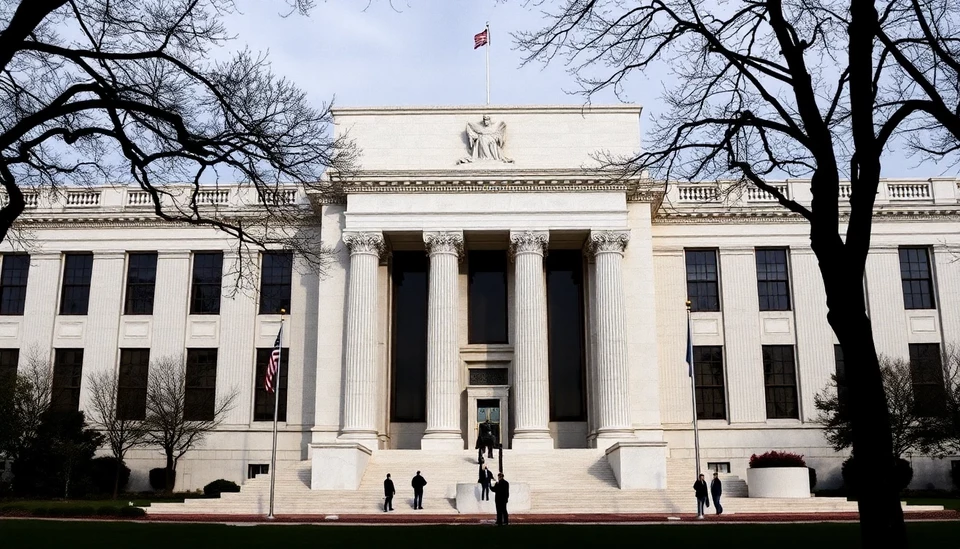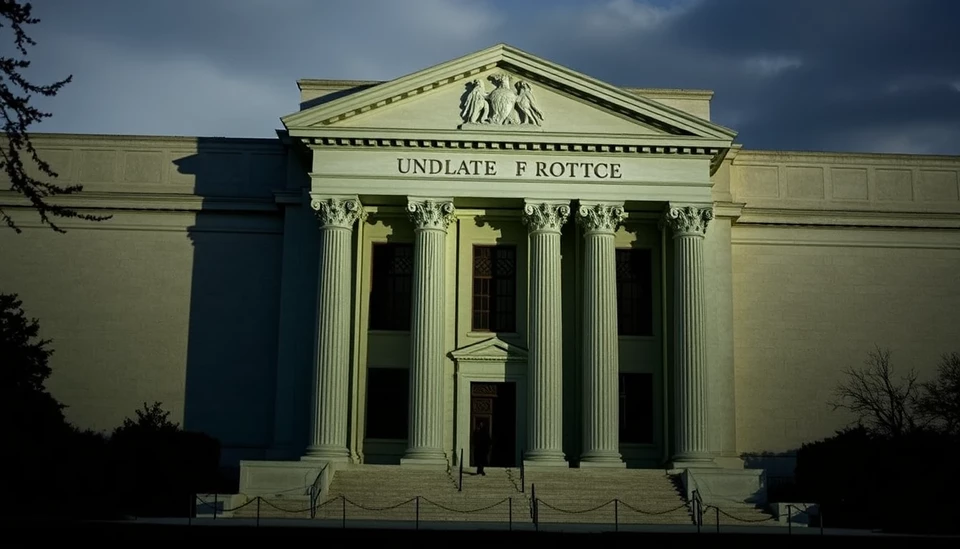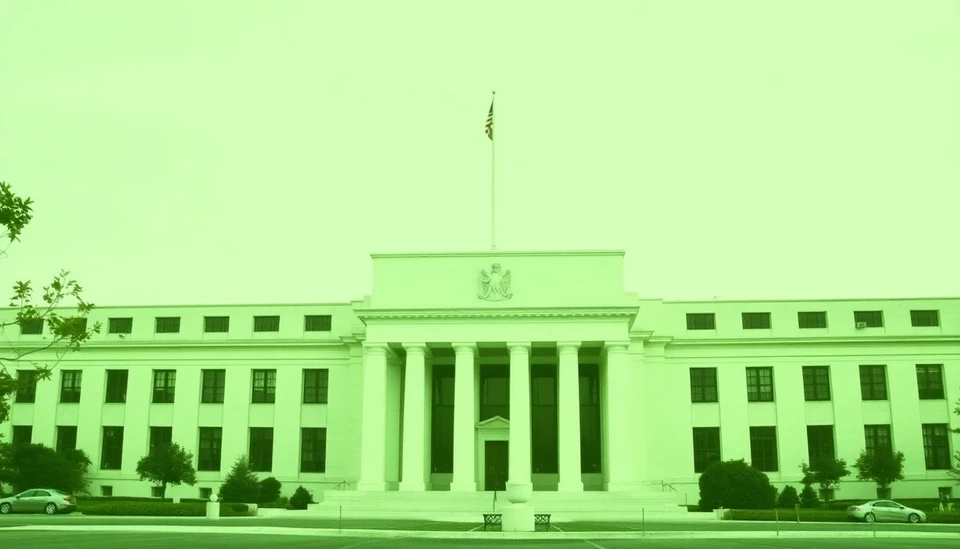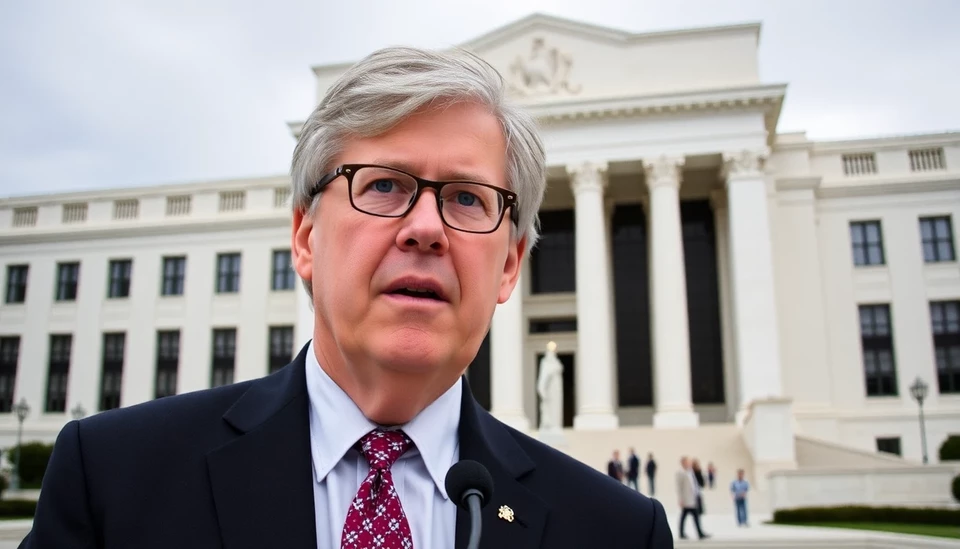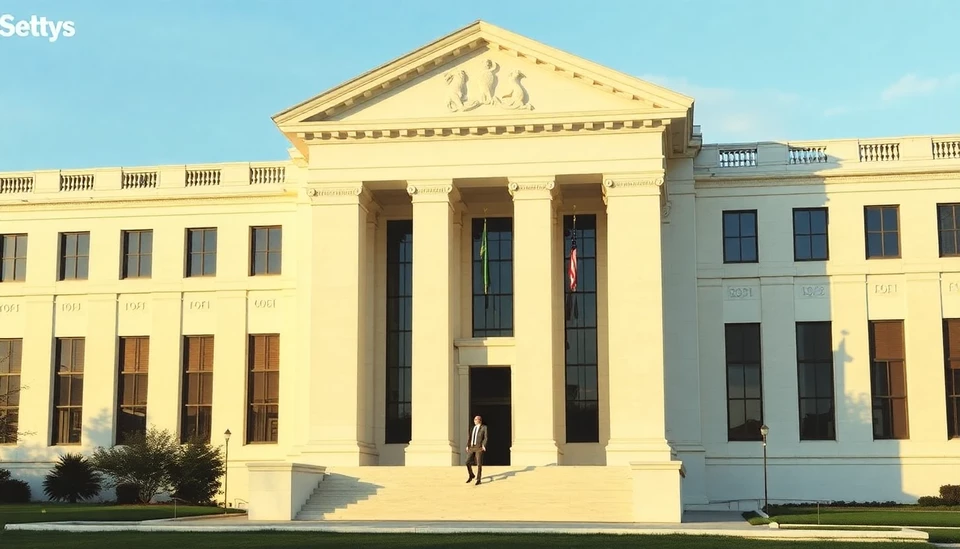
In a much-anticipated move, the Federal Reserve has officially cut interest rates, leading to immediate reactions in the financial markets. This decision, while expected, aligns with the Fed's broader strategy aimed at stimulating the economy amidst ongoing concerns regarding inflation and growth. The cut has been widely welcomed by investors, particularly in the Treasury market, where bond prices have seen significant gains.
Following the announcement, Treasury yields have dropped sharply, signaling a robust demand for government bonds. This is indicative of investor confidence in Treasuries as a safe-haven asset during uncertain economic times. Analysts had predicted this outcome, citing ongoing tensions in global markets and the potential for a slow recovery in the U.S. economy. With the Fed lowering rates, borrowing costs are set to decrease, which could spur consumer spending and investment.
Market analysts suggest that this rate cut could have several implications for the economy. Firstly, lower borrowing costs may encourage businesses to invest in expansion, thereby potentially leading to job creation. Additionally, consumers may feel a greater incentive to take on loans for homes and cars, which could boost overall economic activity. However, there remains a cautionary tone as experts warn about the long-term impacts of sustained low rates, particularly concerning inflation pressures that could arise in the future.
The decision was not without its controversies. Some economists argue that continuing to lower rates could lead to asset bubbles and might not address the underlying issues facing the economy, such as supply chain disruptions and labor market challenges. The Fed’s pivot towards rate cuts has spurred debates among policymakers about the efficacy of such measures in providing sustainable economic growth.
In the wake of the Fed's decision, stock markets showed mixed reactions, with some sectors gaining traction while others stalled. Financial stocks, in particular, experienced a drop, reflecting investors’ concerns about the impact of lower rates on bank profitability. Conversely, sectors that thrive in lower interest environments, such as utilities and real estate, have seen upward trends.
As the Fed continues to navigate these challenging economic waters, investors are watching closely for further guidance on future monetary policy directions. The broader implications of the recent rate cuts are yet to unfold, but the immediate response in the Treasury market points to a cautious optimism among investors. Analysts will be keenly observing upcoming economic indicators to gauge the impact of this rate cut on the U.S. economy moving forward.
In conclusion, the Federal Reserve's decision to cut interest rates may act as a catalyst for economic activity in the short term, while raising questions about long-term economic stability. The balancing act of stimulating growth while managing inflation will be crucial for policymakers in the coming months.
#FederalReserve #InterestRates #TreasuryBonds #Investing #Economy #Finance #StockMarket #Inflation
Author: Daniel Foster
